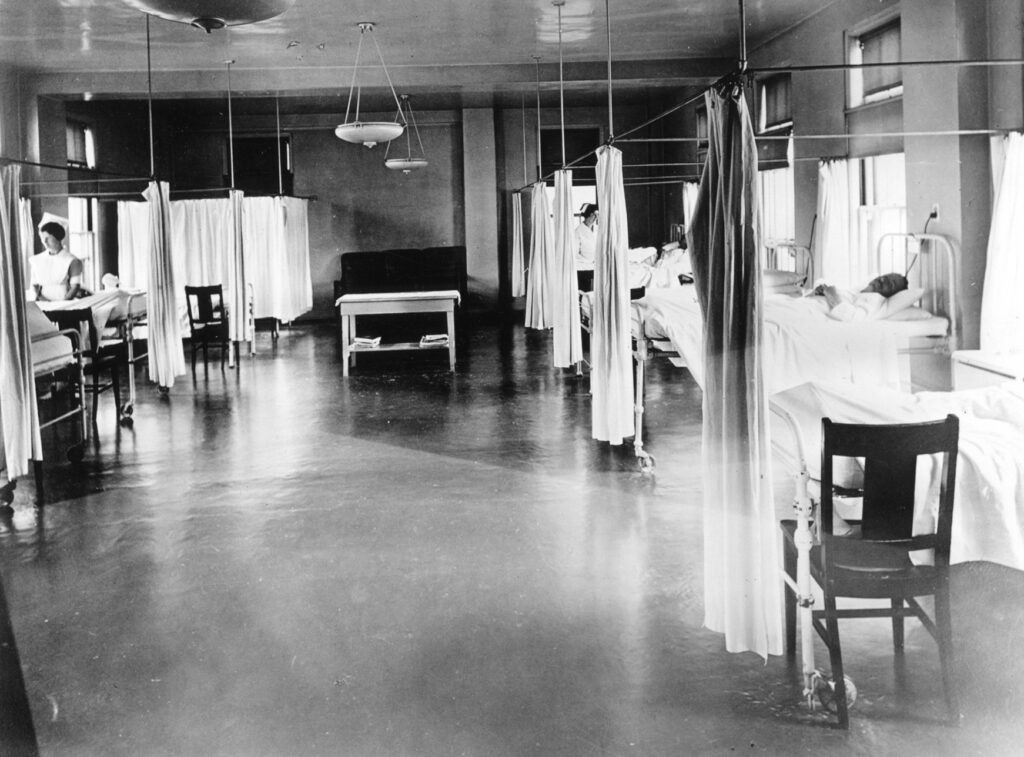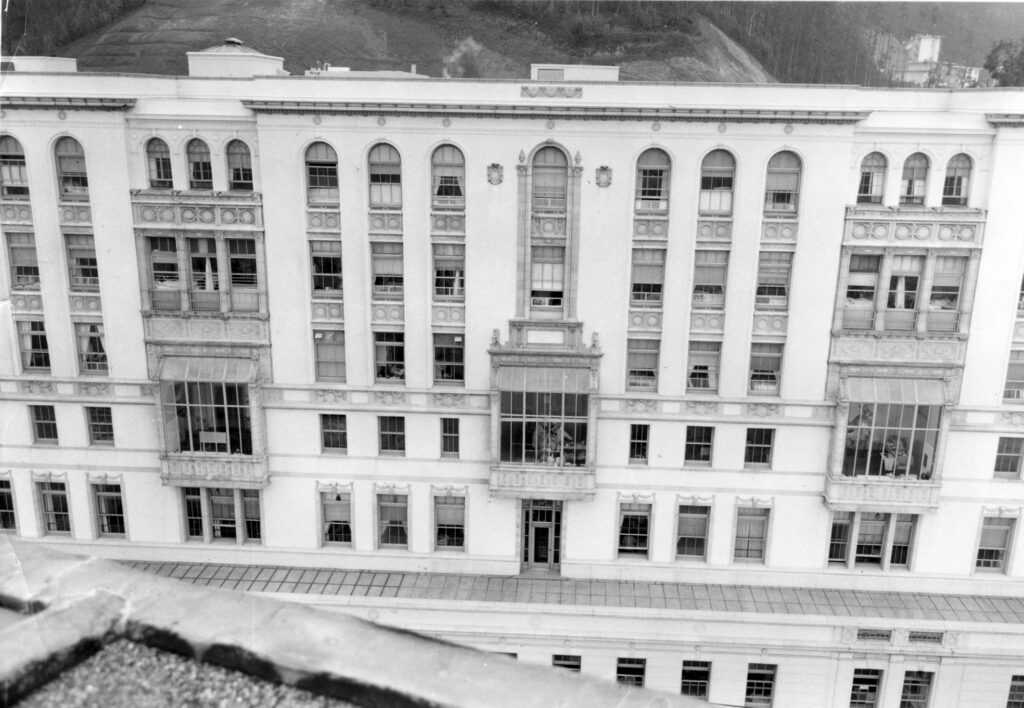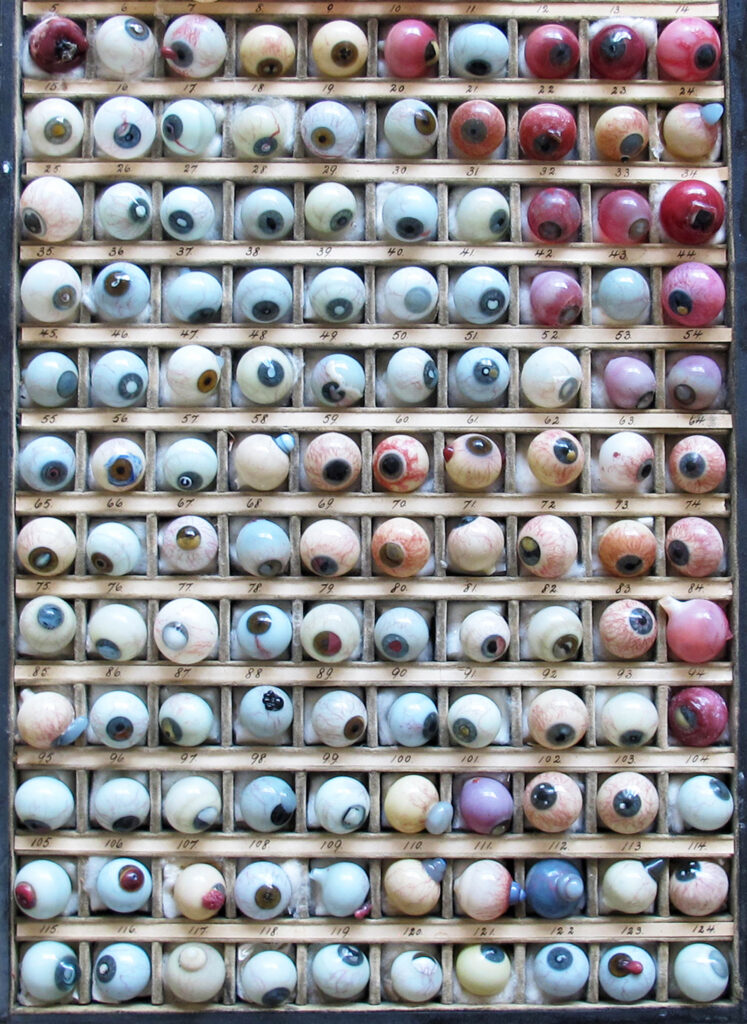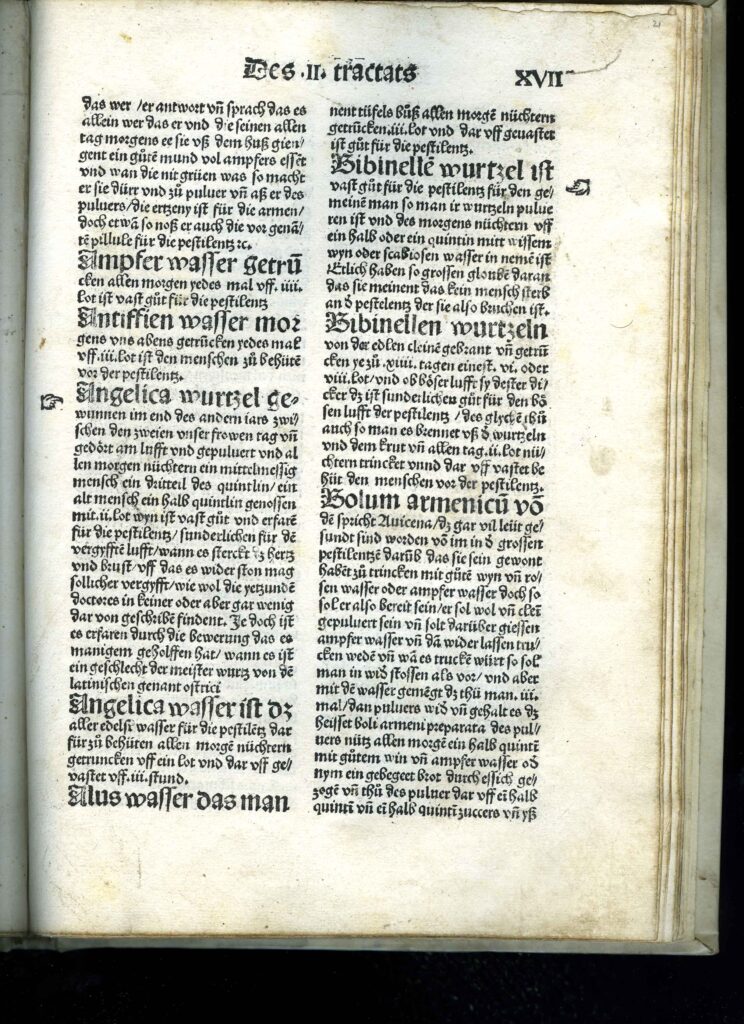The Archives and Special Collections contain both administrative and teaching files from the Department of the History of Health Sciences, especially between the years 1985-1998, before it became a Program in the interdisciplinary Department of Anthropology, History and Social Sciences. The unit was originally created in 1927, but became official on January 1, 1930 as Department of Medical History and Bibliography, supplied with a special seminar and rare book room in the new library. Fueled by the Oslerian cultural ideal, the medical classics were read and quoted since many educated physicians still could read Latin fluently. Chairing these seminars was Le Roy Crummer, a notable bibliophile and veteran collector of old books, together with Dean Langley Porter and professors Herbert Evans and Chauncey Leake. These activities were meant to convey to UC Regents that the campus provided a cultural environment that would preclude the removal of the Medical School to the Berkeley campus.
During the 1930s and 1940s, the Department flourished under the leadership of John B. de C. M. Saunders, a Professor of Anatomy and University Librarian. During these decades, its stewardship of archival materials and historical collections expanded, particularly with the acquisition of a collection of Oriental medicine titles. The name of the unit changed to History of Health Sciences in 1965 to accurately reflect the interests of the entire campus, and Dr. Saunders was appointed Regents Professor of Medical History, a post he occupied until his retirement in 1973. His long tenure featured the development of a graduate program of studies leading to an M.A. and Ph.D. degrees. His successor, Gert H. Brieger, then guided the Department from 1975 to 1984, when another change in name occurred to better illustrate its humanistic mission: History and Philosophy of Health Sciences.

Poster for the 1994 public lecture series at UCSF entitled “From House of Mercy to Biomedical Showcase: A Retrospective of Hospital Life.”
My appointment in 1985 allowed a resumption of the graduate program and the development of new elective courses for medical students, all supported by a library and audiovisual collection. With bioethics rapidly becoming an independent field, the designation History of Health Sciences returned. By this time, moreover, medical history was no longer the medicine’s inspirational handmaiden of its early days, but a scholarly enterprise designed to carefully reconstruct the medical past within its scientific, social, political, economic and cultural contexts. Such an outward glance, however, was complemented with an inward look at medicine itself, particularly the emotional demands of becoming and being a healer and establishing relationships with patients.
To implement such goals, the Department sponsored a program of noon-hour illustrated lectures, delivered at the Parnassus campus and open to faculty, students and staff during the 1990s. Among the most prominent themes presented with the use of slides and films were a history of the Western hospital from antiquity to AIDS and another of alternative healing traditions. In my opinion at the time, the old-fashioned lecture format was still the best way to convey the complex and contingent panorama of medicine’s impact on society. For medical students, our elective tutorials were designed to allow a guided exploration of the process of becoming a physician—emotional and technical– with the help of historical examples.
During more than half a century of its existence, many scholars played prominent roles in the Department’s development. Among them were faculty, students, health professionals, visiting lecturers and guest speakers, as well as patrons and donors who provided resources for the unit to flourish, allowing it to remain at the forefront of similar academic medico-historical institutions in the country and the world.
Guenter B. Risse MD, PhD is a historian of health and medicine. He was the chair of the Department of the History of Health Sciences at UCSF in 1985–2001. He now is Professor Emeritus, Department of Anthropology, History and Social Medicine at UCSF. His most recent book “Plague, Fear and Politics in San Francisco’s Chinatown” was published in 2012 by Johns Hopkins University Press; it depicts the work of UCSF faculty during the epidemic.










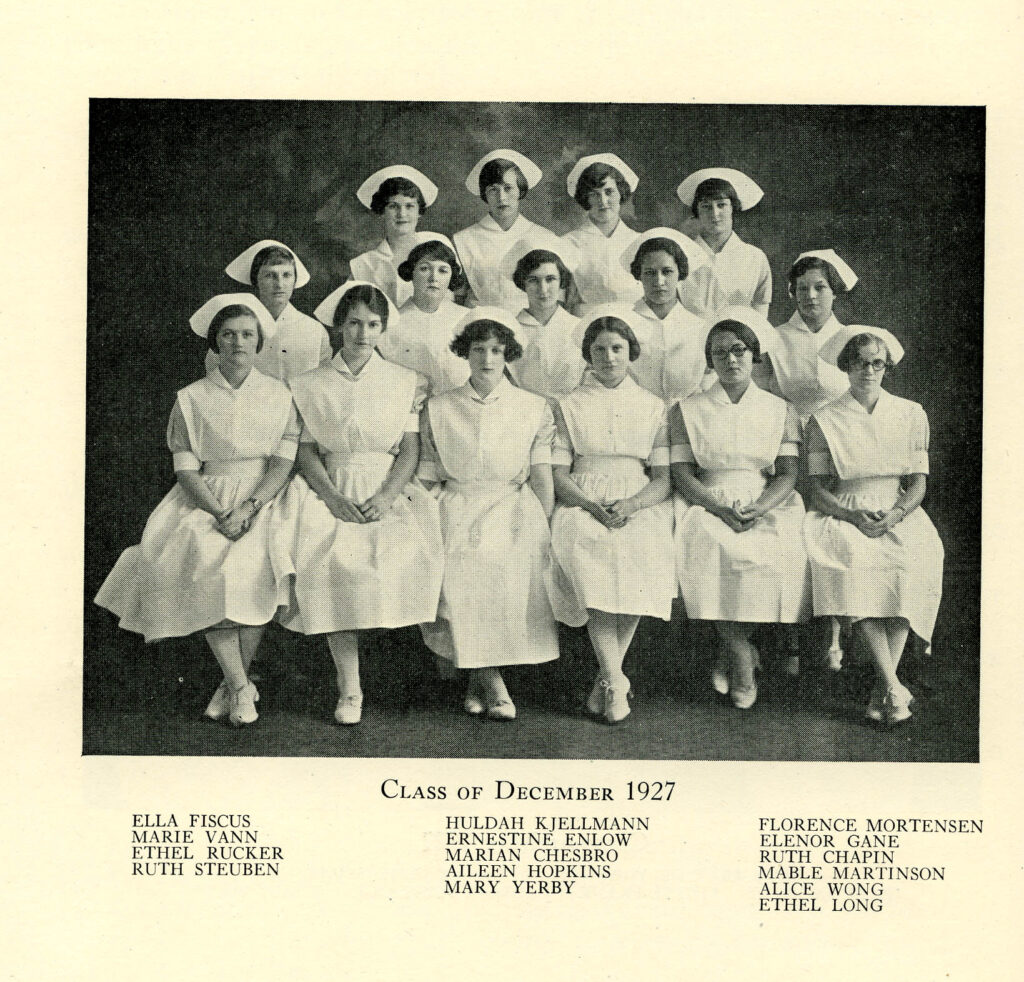

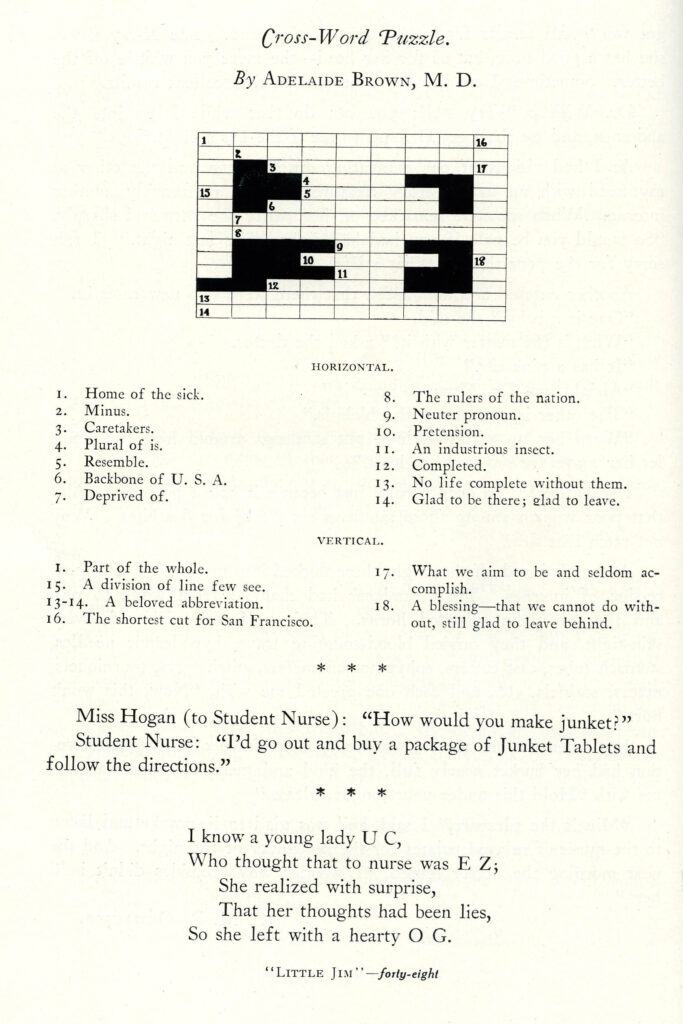


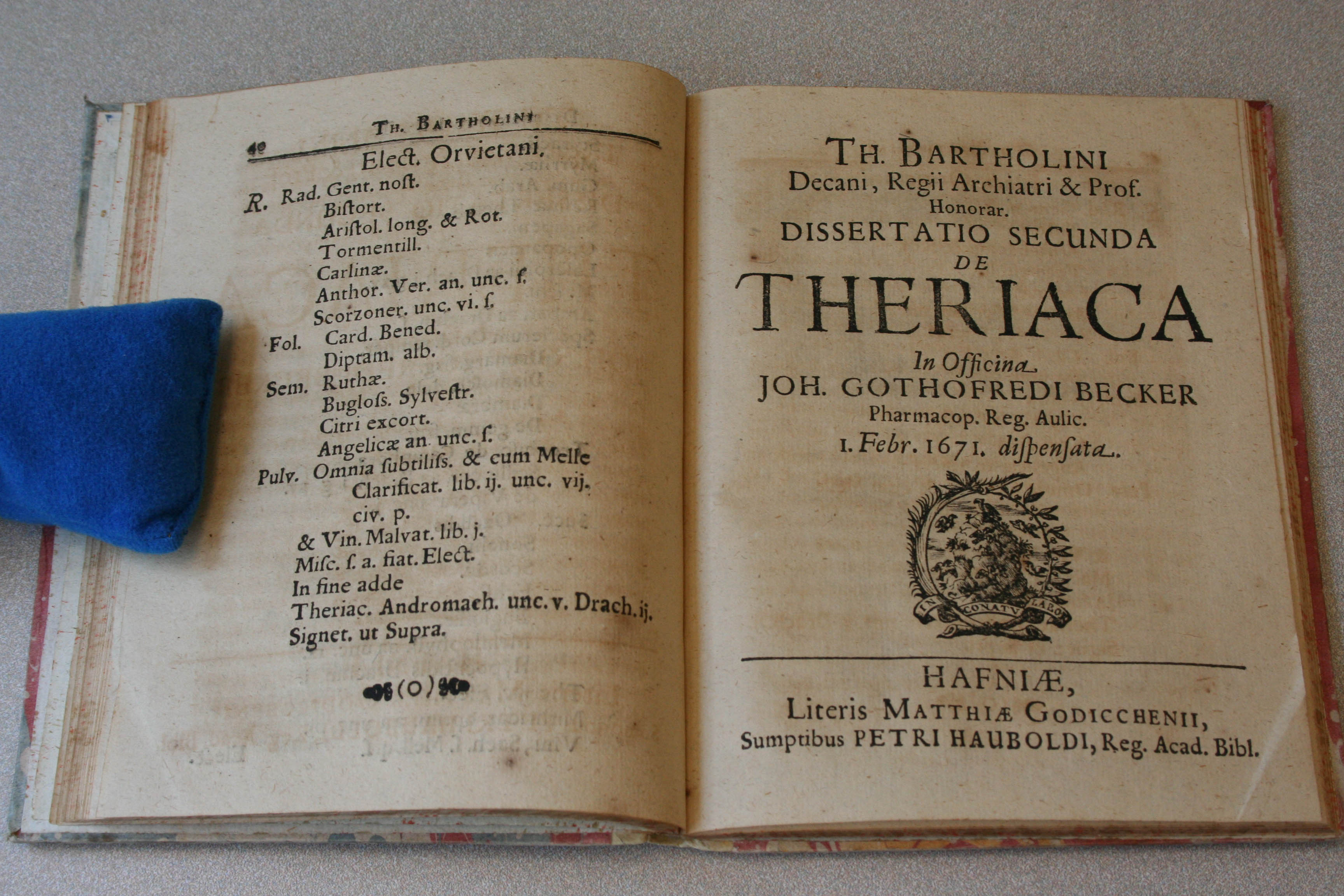
![Dissertatio primae [et secunda] de theriaca in officina Christophori Heerford, 1671](/wp-content/uploads/2014/07/Bartholin_3.jpg)

